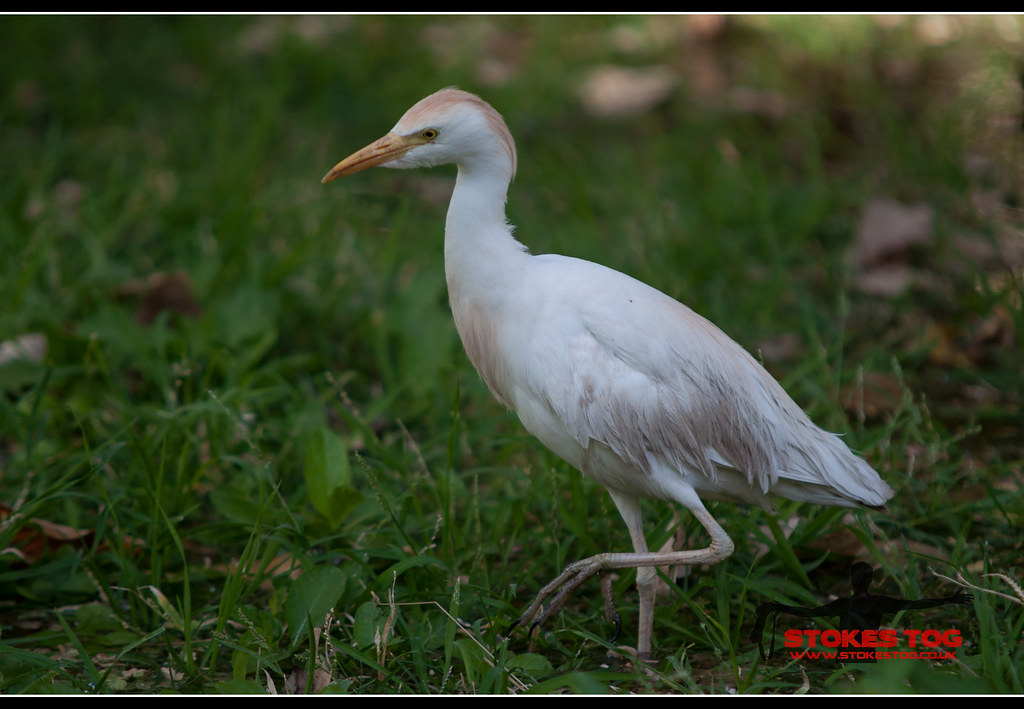Yes it's a cattle Egret
This is the only heron that is not a wader, usually being found in grassland in association with cattle. The species name is the name of the sacred Egyptian bird. These egrets have a wingspan of about 3 feet and are about 20 inches tall. They weigh about 12 oz.
This is a common Antiguan bird often seen perched on the backs of cattle, waiting for grasshoppers and other insects on the ground roused as cattle walk and graze. They also eat spiders, frogs and crickets.
Egrets were self-introduced from Africa to the Western Hemisphere, probably being scattered by storms. The first were seen in South America about 1887-92, but were reported in the Caribbean from 1933. Now they can be seen as far north as Canada.
Cattle Egrets nest in colonies of between 200-300 birds in Antiguan and Barbudan mangroves. Every evening they are seen in flocks going to these colonies to roost. In mating time the males gather twigs and the females build the nests, at the same time warding off thieving birds. Two to six light blue eggs are laid which take about 22 days to incubate. This is the only heron able to breed in its first year. The birds are silent except for a croaking sound in nesting season. The young are able to fly reasonably well in 60 days and off they go!



